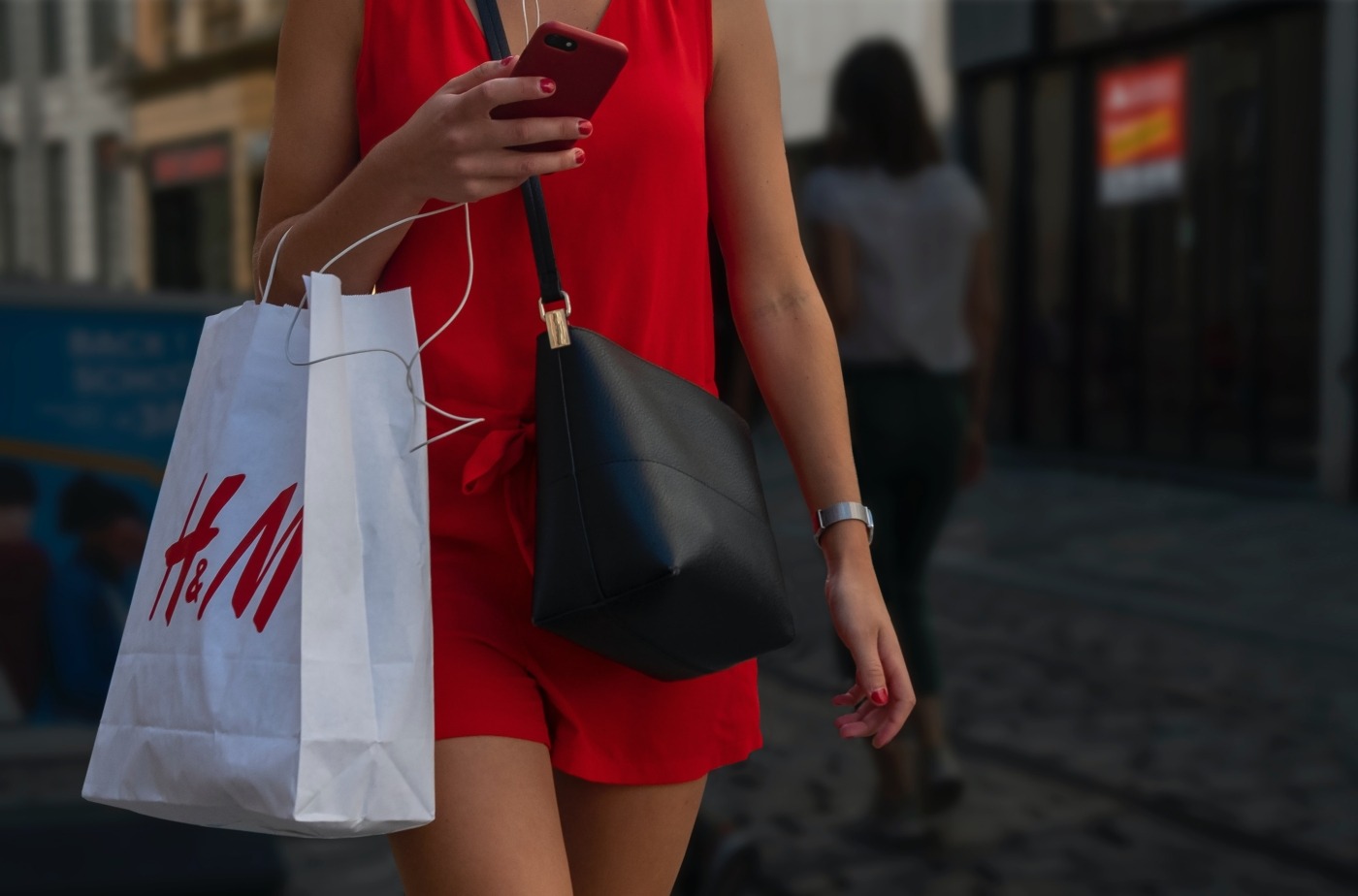The Green Wardrobe: The Sustainability Games
As consumers aspire to shop more sustainably, greenwashing – when brands market their products are more eco-friendly than they are – has also risen astronomically. Despite many clothing brands pledging to be more sustainable, some are more committed than others, and it can be difficult to figure out which brands are genuinely doing their bit.
Although the fast fashion model is inherently damaging to the environment, some brands are taking steps to create change – so if you have to shop fast fashion, here are some of your best bets.
If you need some help figuring out which companies are genuinely pulling their environmental weight, and the brand you’re looking for isn’t mentioned below, I highly recommend Good on You – it’s a great website that tells you exactly which brand is doing what and provides sustainable alternatives to the brands that aren’t making the cut.
So, just how ethical and sustainable are the biggest names in fast fashion?
H&M
The pledges: Aiming for fair wages for workers; for no forced labour or child labour; for no animal testing; to replace animal-based materials with more sustainable alternatives; to use 100 per cent recycled materials by 2030; to recycle more unwanted clothes; to reduce greenhouse gas emissions by 2030; to expand their consciousness, “sustainable” collection.
The reality: Although these targets are really promising, right now they are just that – targets. Although the company is certainly taking steps to reduce its environmental impact, H&M can’t be considered truly sustainable until it actually delivers on these goals.
Regarding its ethics, despite pledging to provide the living wage for 850,000 garment workers by 2018, H&M was found not to uphold this, somewhat undermining its commitment to do better.
That being said, H&M’s garment collection program is a step in the right direction, increasing the number of clothes being recycled instead of thrown away. H&M has also been named one of the most ethical companies by Ethisphere eight times, so they must be doing something right.
Zara
The pledges: Aiming for 50 per cent of products to be part of the ‘Join Life’ collection (made with less environmentally damaging processes and materials); to continue using reusable/recyclable boxes, bags, hangers, and alarms; to eliminate single-use plastics by 2023; to power all of its headquarters and shops with renewable sources by 2022.
The reality: Zara considers its sustainability a “work in progress”, meaning there’s a lot more work to be done- and so far, there isn’t any evidence that they’re meeting these targets. Although it doesn’t stock fur, angora, or products tested on animals, Zara still sells wool, leather, down, and exotic animal hair. Its labour practices are also not entirely transparent.
However, Closing the Loop, the repair and reuse program set up by Zara’s parent company Inditex, is encouraging, and its use of recycled packaging significantly reduces the amount of plastic used and waste created.
Pretty Little Thing (PLT) – owned by Boohoo
The pledges: Aiming by 2025 for all polyester or cotton to be sustainably sourced; for all leather, wool, feather and down to be sourced in line with industry best practices by 2025; for all materials by 2030 to be sustainably sourced; to achieve carbon reductions by 2030.
The reality: PLT has a long way to go in terms of sustainability- the majority of its clothes don’t feature eco-friendly materials, and there’s little evidence that it has taken any meaningful action to reduce the impact of harmful chemicals or the amount of water used in production. Although it does report the greenhouse gas emissions from its direct operations, these figures don’t include those produced in the supply chain, leaving the true levels of emissions unknown. Its labour rating is also pretty shocking, and there’s no evidence that they pay the living wage to their workers.
PLT had also promised to publish its social impact strategy to support local communities by 2021, but that has yet to appear – consolidating it as one of the less sustainable fast fashion options.
ASOS
The pledges: Aiming to become a net-zero emissions business by 2030; to be carbon neutral in their direct operations (offices, fulfilment centres, deliveries and returns) by 2025; to introduce a more circular system (100 per cent of products and packaging made with more sustainable or recycled materials) by 2030.
In practice: Promisingly, ASOS has publicly committed to being more sustainable, and has recently released their ‘Fashion with Integrity’ strategy report for 2030. Although ASOS has already taken some steps to reduce its emissions (their Carbon 2020 program decreased emissions by 30 per cent per order), it still has a long way to go.
ASOS does have some sustainable options on-site: its ‘responsible edit’ highlights clothes made from recycled materials or more sustainable fibres or fabrics, while ASOS Marketplace sells only second hand and vintage clothing. However, this currently only makes up a small portion of the items on the site- there are less than 9,000 products in the sustainable edit, but over 80,000 products overall on the site. So, as one of the leading online fashion retailers globally, ASOS needs to do better.
Shein
The pledges: Aiming to use more recycled fibre; to limit the number of new production pieces; to limit the quantity of denim produced.
The reality: Basically, Shein isn’t even pretending to care. It uses very few eco-friendly materials, there’s no evidence that it has attempted to reduce its greenhouse gas emissions, and it has not made any effort to minimise the impact of microplastics.
Please. Avoid.

Comments